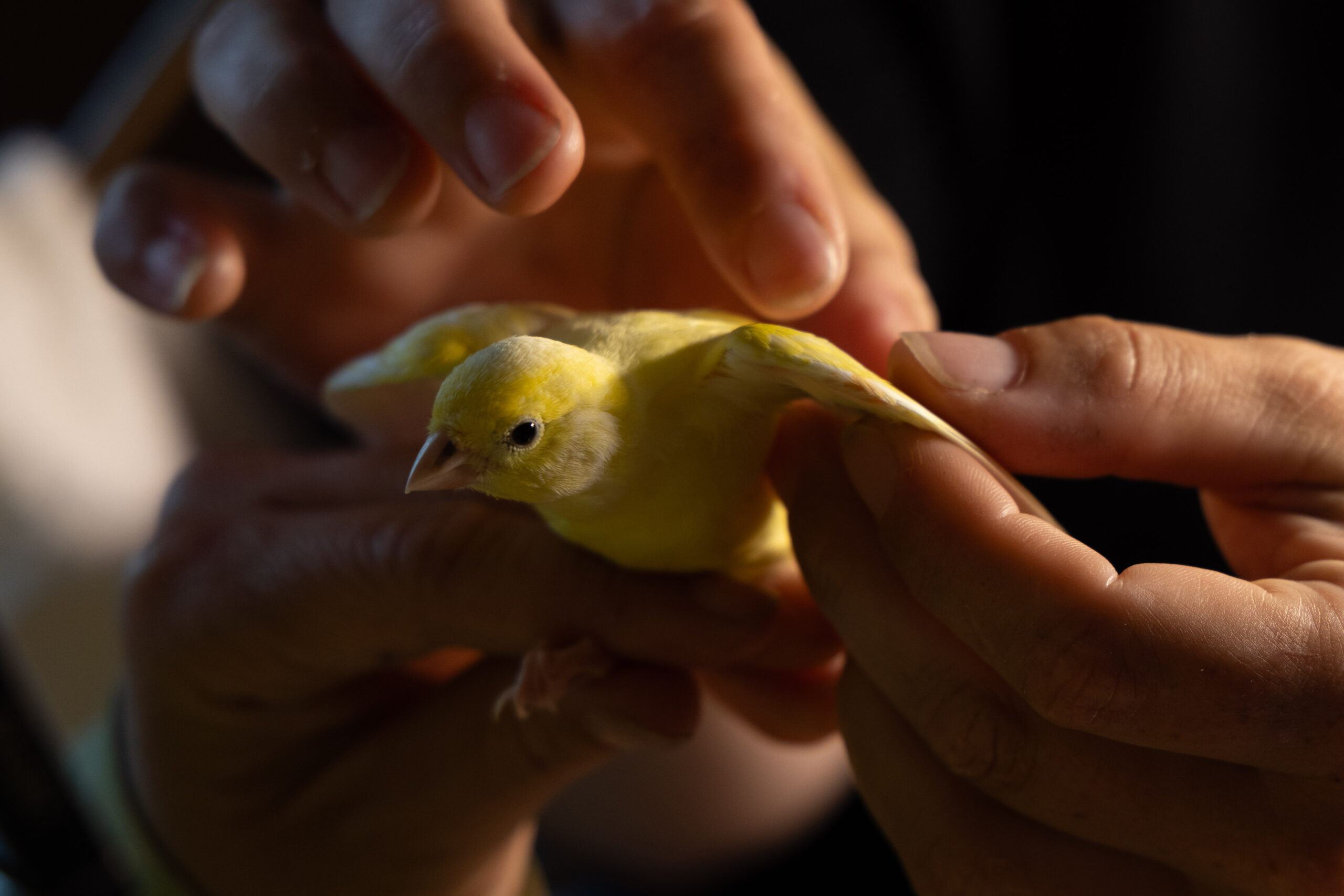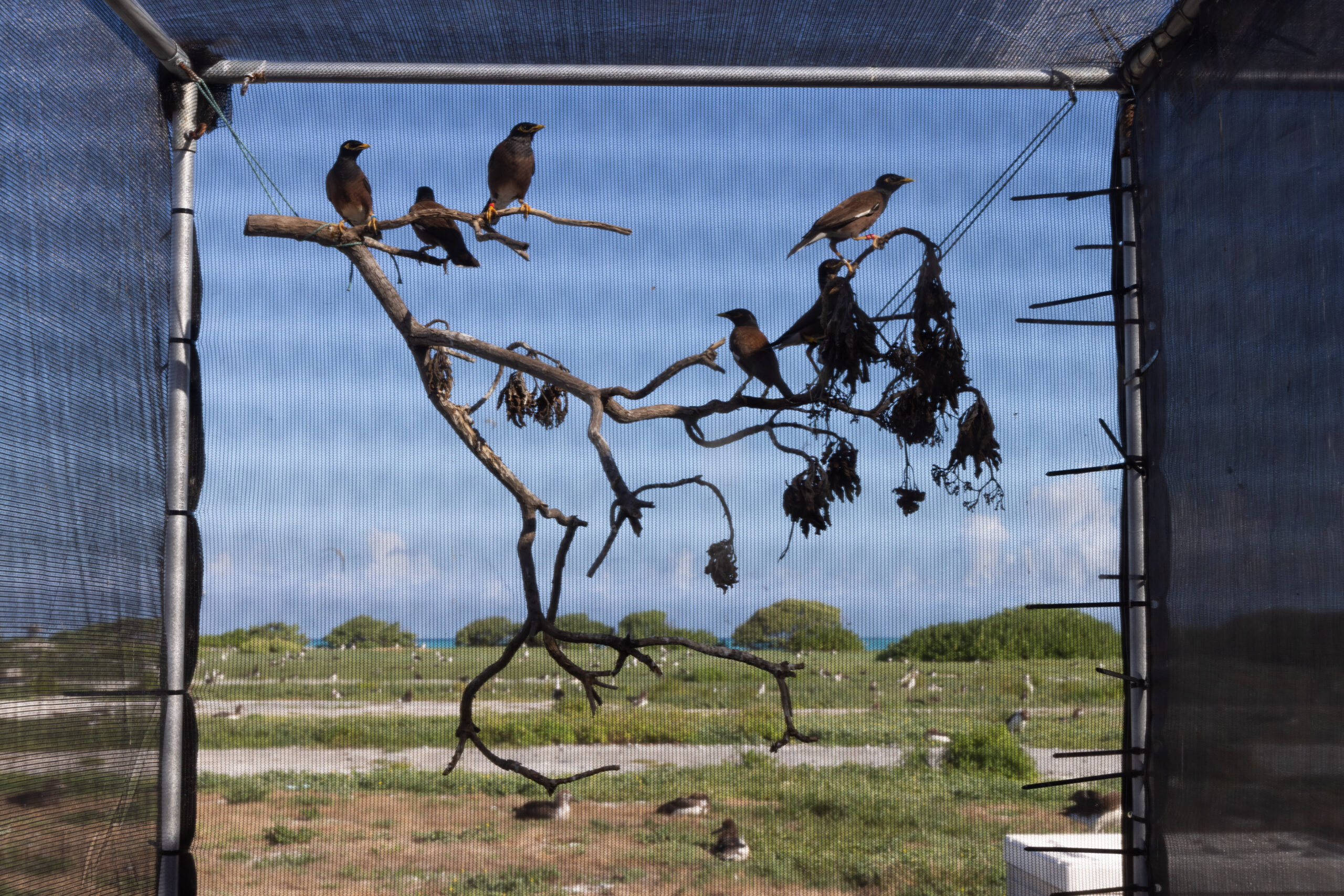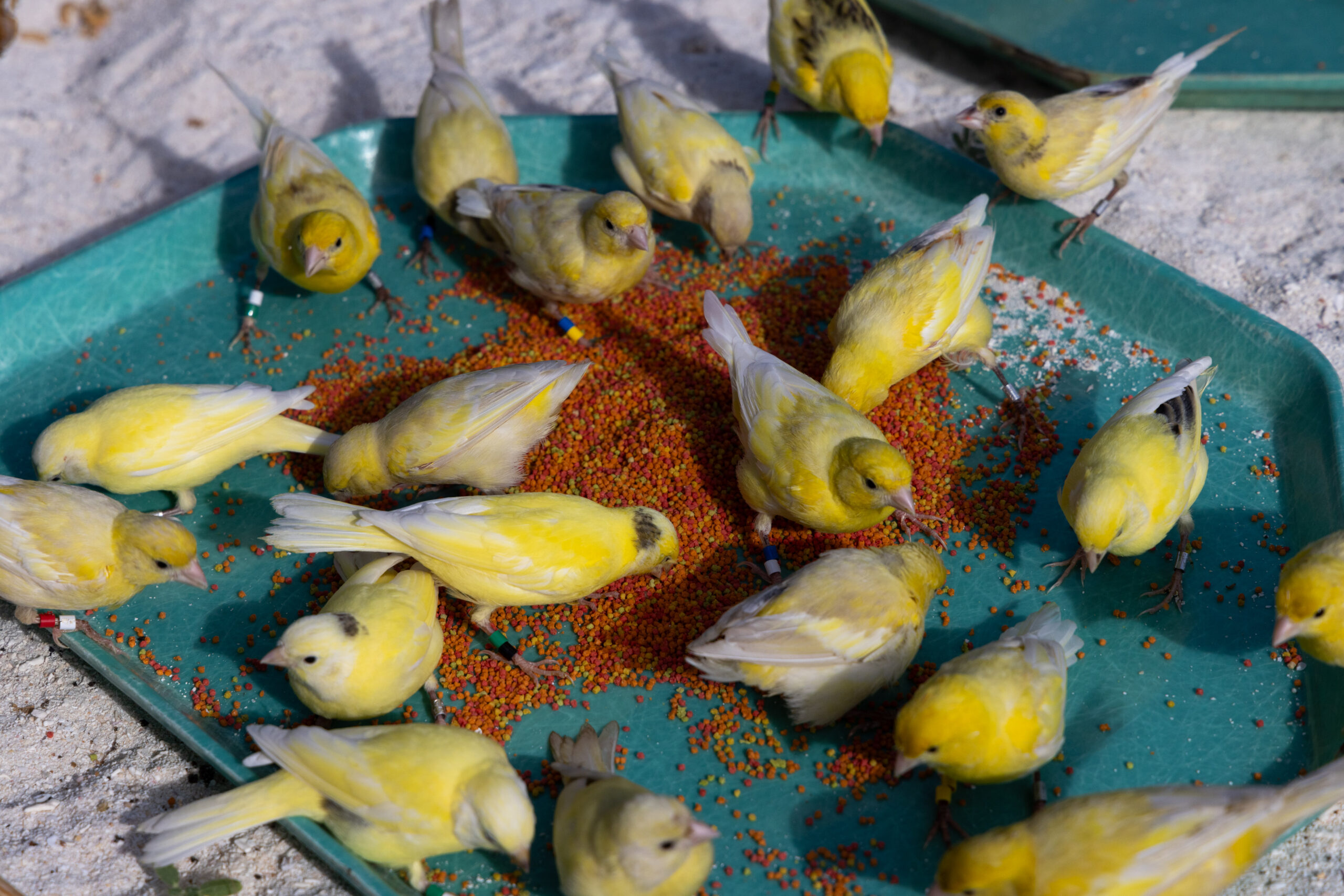By U.S. Fish & Wildlife Service Volunteer Kyle Richardson (K2) All photos were taken by Friends of MIdway Atoll photographer Jon Brack unless otherwise indicated.

Ask anyone who’s been there, and they’ll tell you: Midway Atoll National Wildlife Refuge is a place like no other in the world. The U.S. Fish & Wildlife Service (FWS) are the caretakers of this special place, and that’s a complicated job. Part of that job is to protect the world’s largest population of mōlī (Laysan albatross). When the mōlī on Sand Island were threatened by predatory, invasive mice, the FWS made the decision to implement the Seabird Protection Project (SPP). Doing so presented plenty of hurdles. Not the least of which was how to protect all of the native avian life from the effects of the bait used to eradicate the mice. This meant using the other half of the atoll, Eastern Island that is devoid of mice, until Sand Island was cleared for native birds to return and feed in the previously baited areas.

As a means of accomplishing this native avian care, the FWS staff decided to use “sentinel passerines”. The idea was to collect several members of avian species not native to Kuaihelani, and use them to test the amount of bait still available after the SPP was over. To collect and maintain an effective sentinel population, the FWS needed non-native avian species that were extremely successful on Kuaihelani, and capable of surviving in captivity. They also needed birds comparable in size and diet to the native species they were trying to protect.

Enter the Common canary and Common myna. Both species had been introduced to Kuaihelani by humans in decades past, and both fit the description to be sentinel passerines. Using nets, flashlights and pillow cases, determined aviculturists rounded up dozens of each species, and transported them from Sand Island to Eastern Island to keep them safe from the bait. In all, over 100 canaries and more than 50 mynas were captured and transported.


The Passerine Team work during the night to capture mynas and canaries.

The FWS knew if they wanted to keep the mynas and canaries safe and well fed on Eastern, they needed to build aviaries. This is where FOMA came in by being able to expedite and purchase parts for aviaries. The team at Kuaihelani put those donations to good use, building homes to keep the sentinel passerines safe and healthy.



FWS staff and volunteers team build the passerine aviaries funded by Friends of Midway Atoll.
Once secured, a temporary camp was set up on Eastern Island to assure passerines received regular food, water, and habitat enrichment for the duration of the SPP baiting period.
Now that time has passed, and FWS staff are preparing to release a small number of sentinels on Sand Island to see how they fare in the wild. This will help biologists know when Sand is safe for its native species to return. We will soon be saying goodbye to the sentinel passerines project, and with it, the aviaries will be dismantled.
Using banding data and geolocation, biologists can track the survival of the sentinels after release. video by Emily Onderbeke
